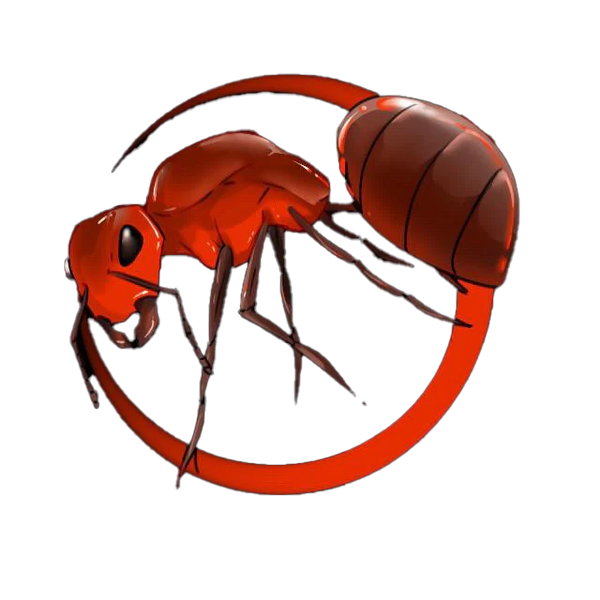Formistudio
Prenolepis imparis ||Live queen|| [Winter Ant]
Prenolepis imparis ||Live queen|| [Winter Ant]
Couldn't load pickup availability
NEW GUIDE! (Scroll Down)
Notice: Please note this species is quite sensitive in captivity having two periods in which they are inactive. One in the winter (regular hibernation) and one in the summer (Estivation). For this reason, we will price these ants cheaper at the expense that we will NOT be giving refunds for unsuccessful colonies of this species. BUY AT YOUR OWN RISK.
Multiqueen colonies will be sold once confirmed they are not duds.
Prenolepis imparis, otherwise known as the winter ant or the false honey pot ant. They are active only throughout spring, fall, and sometimes late summer. While they aren’t the most aggressive species, they do have a unique look. Unlike other ants in Canada, this species has repletes. (Essentially an ant that turns into a living food reserve.)
Prenolepis imparis are also unique because of their polygynous tendencies. However it is not recommended to group them, otherwise they would get overwhelmed by the sheer amount of eggs and everything would inevitably mould.
Queens size: 7-9 mm
Worker size: 2-4 mm
Major size: False
Multiqueen: True, they are polygynous (Introduce queens during founding, DO NOT merge established colonies)
Nuptial flight timeframe: Mass flights occur between March-April
Hibernation: True, November-March at 1-10°C
Care Guide:
Prenolepis imparis have the possibility of failing even if the requirements in this care guide are met. Unfortunately, this is just the nature of this species.
Food
Prenolepis imparis will eat most of the things they get their hands on and might be hesitant in terms of hunting as a small colony. From insects (beetle larvae, fruit flies, or roaches) to meat (ham, turkey bacon, or chicken) and carbohydrates like Honey, sugar water, or nectar. (Fruit flies or peanut beetle larvae are recommended for this species.)
Temperature and Humidity:
The temperature should be kept from 18-29C and humidity between 30-65%, (room humidity)
Ant nest
Prenolepis imparis will do great in most of the nest products we list on this shop. However, the colony should take up at least 40%+ of the nest capacity to ensure the colony doesn't feel vulnerable and stressed.
Caring for Prenolepis imparis:
- In year one, found them like any regular fully claustral ant. (No estivation yet.)
- Diapause them in November and maintain them at 4-10C and keep it consistent.
- Retrieve them out of diapause between January and March.
- Make sure to feed them A LOT, even if they exit diapause without brood. They should fatten up and produce many workers after this point.
- During May/June make sure you keep consistent with feeding them sugars and protein, they should happily accept this to prepare themselves for summer estivation. (Make sure they have lots of water during estivation.)
- During estivation, keep them warm... 20-26C is fine. During this period, they will be inactive. (Keep up the feeding)
- If there are no problems during estivation, they will relay eggs in June/July. Make sure to keep feeding them.
- When more workers eclose, they will resume hunting in late August to around October.
- Great job! You have done it, repeat step 2.
Hopefully, this step-by-step guide helps with Prenolepis founding! Good luck!
Share
![Prenolepis imparis ||Live queen|| [Winter Ant]](http://formistudio.ca/cdn/shop/files/Prenolepis_imparis_formistudio-1.jpg?v=1743121918&width=1445)
![Prenolepis imparis ||Live queen|| [Winter Ant]](http://formistudio.ca/cdn/shop/files/Prenolepis_imparis_formistudio_56bfdef8-0753-4b09-877a-5c5e4deed462.jpg?v=1743121918&width=1445)
![Prenolepis imparis ||Live queen|| [Winter Ant]](http://formistudio.ca/cdn/shop/files/Prenolepis_imparis_Formistudio.jpg?v=1743121918&width=1445)
![Prenolepis imparis ||Live queen|| [Winter Ant]](http://formistudio.ca/cdn/shop/products/image_ffcea1fe-71fc-417b-b0fc-9740478461d8.png?v=1743121918&width=1445)




